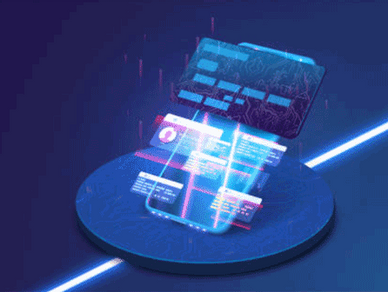Quickly transferring money with the push of a finger on a phone wasn’t always a common occurrence. As recently as five years ago, consumers and businesses had little choice but to send wire payments each time they wanted to make quickly cleared and settled payments—real-time payments—from one bank to another. The wire process requires extensive paperwork and approvals in addition to a processing fee that can range from $10 to $25 depending on the bank—hardly a real-time experience, and ill-suited to low value payments.
Today, that same payer has multiple options to send real-time payments, most notably The Clearing House RTP®, which just celebrated its fourth anniversary, and Zelle, which connects over 500 million accounts. There are also a variety of digital-wallet based services offering rapid transfers to and from conventional bank accounts. In 2023, the Federal Reserve is set to launch its own new payment service, FedNow, which will give businesses and consumers the choice of using a service backed by the full faith and credit of the US government.
Real-time payments are clearly the future of digital spending. But how should banks choose which networks to support and whether to support multiple networks? How can banks differentiate themselves from the pack when it comes to real-time payment offerings and what will happen to ACH, wire and check in the future?
The account-to-account faster payments landscape
First, let’s take a look at what is currently available for immediate account-to-account payments.
Real-time payments have exploded in the U.S. ever since Volante processed the first-ever U.S. RTP in November 2017. Financial institutions across the U.S., regardless of size of location, are taking advantage of the RTP network’s ability to enhance digital payment services for both corporate and retail customers as demand for mobile technology and digital commerce continue to create a larger appetite for safer and faster payments throughout the U.S. At the start of 2022, nearly 200 institutions were connected to RTP, generating over 37m transactions a quarter.
Zelle is among the complementary services that can be settled over the RTP network. Sending Zelle over the RTP network grants financial institutions the opportunity to enable instant settlement while also simplifying back-office processing and improving efficiency and reducing costs. In the second quarter of 2021, Zelle processed $120 billion on 435 million transactions, up from $106 billion during the first quarter of 2021.
Same Day ACH enables traditional ACH transactions to be settled on the same day, in some cases as quickly as hours. While this is not a real-time payment, some use cases—such as same day payroll, for example—are well served by Same Day ACH, which has an attractive price point for such transactions. By late 2021, NACHA reported over 140m Same Day ACH transactions, showing robust year-over-year growth of 120%.
Strategies for a real-time future
What does the future hold for ACH, wire and check? We don’t expect ACH and wire, or the revenue generated from these types of payments, to completely vanish. Instead, they will coexist with newer real-time services, as has been the case in other countries, such as the United Kingdom. Checks, however, will continue to decline as they are replaced by digital payments.
It’s important to understand real-time payments is a journey—not a destination—for banks and payment service providers. Five years from now, there will be even more real-time payment options. Now is the time to make sure you have a multi-network strategy that can intelligently route payments in the most appropriate manner based on the payment amount, source and destination criteria.
Think about real-time and instant customer experiences instead of payments. Payments are a byproduct of a customer experience, whether it’s leaving a taxi or receiving a package, rather than a distinct workflow step. The more real-time customer experiences you can bring to market, the more compelling your real-time payment services can be.
Now is also the time to learn to speak ISO 20022 fluently. TCH RTP and FedNow both build on the ISO 20022 message standard, which offers extended data possibilities—more information, such as invoices and remittance detail, that can help improve straight-through processing and lower fraud—as well as value-added messages including Request for Pay.
How should banks get started with real-time/instant payments? Whatever the network, the fastest path to future real-time success is through cloud and Payments as a Service (PaaS). This should be the preferred deployment option for payment processing, especially for new payment types like real-time, where no legacy systems are available to be replaced and where it’s important to lower upfront costs while retaining agility and fast time to market.





